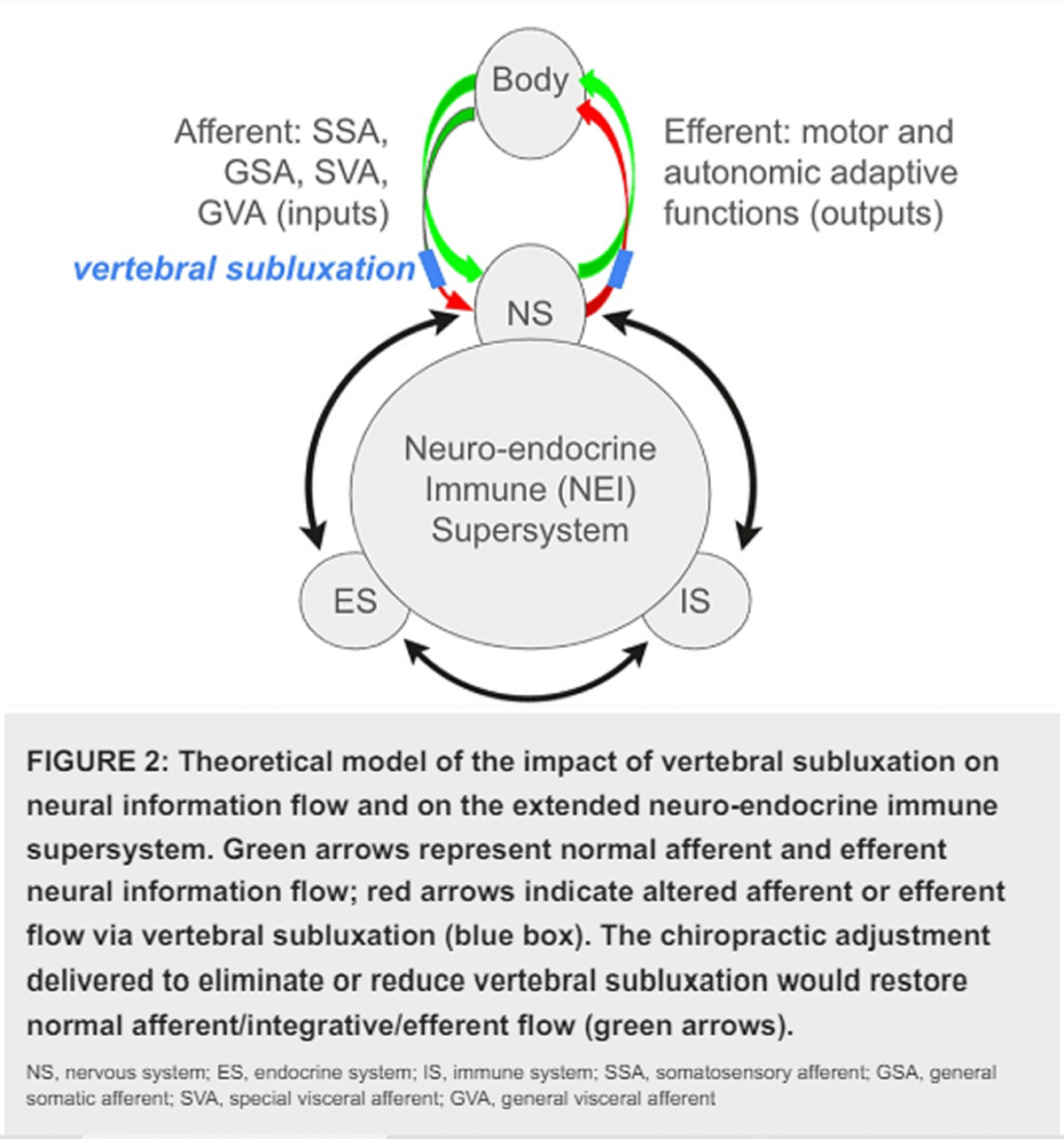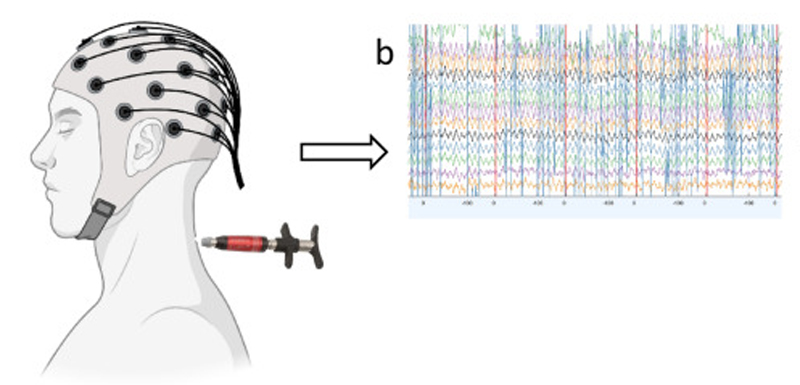The Basis for Spinal Manipulation: Chiropractic Perspective of Indications and Theory
SOURCE: J Electromyogr Kinesiol. 2012 (Apr 16)
By Charles N.R. Henderson, DC, PhD
Palmer Center for Chiropractic Research, FL, United States
It is reasonable to think that patients responding to spinal manipulation (SM), a mechanically based therapy, would have mechanical derangement of the spine as a critical causal component in the mechanism of their condition. Consequently, SM practitioners routinely assess intervertebral motion, and treat patients on the basis of those assessments. In chiropractic practice, the vertebral subluxation has been the historical raison d’etre for SM. Vertebral subluxation is a biomechanical spine derangement thought to produce clinically significant effects by disturbing neurological function.
This paper reviews the putative mechanical features of the subluxation and three theories that form the foundation for much of chiropractic practice. It concludes with discussion of subluxation as an indicator for SM therapy, particularly from the perspective that subluxation may be one contributory cause of ill-health within a “web of causation”.
Article Outline
1. Introduction
2. Biomechanical features of the vertebral subluxation
2.1. Intervertebral hypomobility
2.2. Intervertebral hyper-mobility
2.3. Intervertebral dyskinesia
2.4. Intervertebral misalignment3. Theoretical mechanisms of effect for subluxation
3.1. Encroachment of IVF or spinal canal
3.2. Altered afferent input
3.3. Dentate ligament mediated cord distortion4. Subluxation as an indicator for spinal manipulation
5. Summary comments





Leave A Comment